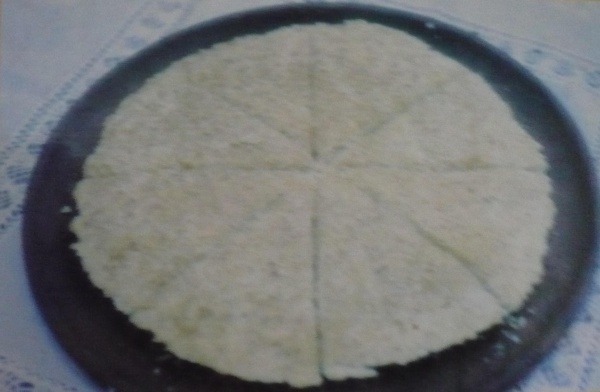Facts About Mbeju
Mbeju, also sometimes spelled as beiju, is a delightful starch cake that holds a special place in the culinary traditions of Paraguay and the northeastern region of Argentina. This tasty dish can be traced back to the 18th century and has its roots in the indigenous Guaraní culture during the Guaraní-Jesuit Missions era. The name "mbejú" originates from the Guarani language, which is one of the official languages of Paraguay.
Historically, there have been numerous ways to prepare mbeju, with popular variations including mbeju avevo and mbeju de fariña. The traditional recipe typically includes ingredients such as starch, corn flour, pork fat, salt, fresh cheese, and milk. Some modern interpretations, like mbeju cuatro quesos, incorporate additions such as butter, tomatoes, a variety of cheeses, herbs, and spices.
To make mbeju, you mix all the ingredients into a thick, powdery consistency. Then, the mixture is spread in a hot, greased pan and cooked until it becomes golden brown on both sides. The result is a delicious, crispy cake that is perfect for any time of day.
Mbeju is a cornerstone of Guarani cuisine and is often enjoyed with mate cocido, milk, or coffee. It can also be served as a side dish accompanying other meals. This dish is more than just food; it is a piece of cultural heritage, deeply embedded in Guarani mythology. Different regions have developed their own versions of mbeju, showcasing its versatility and enduring popularity in South American cuisine.

 Bolivia
Bolivia